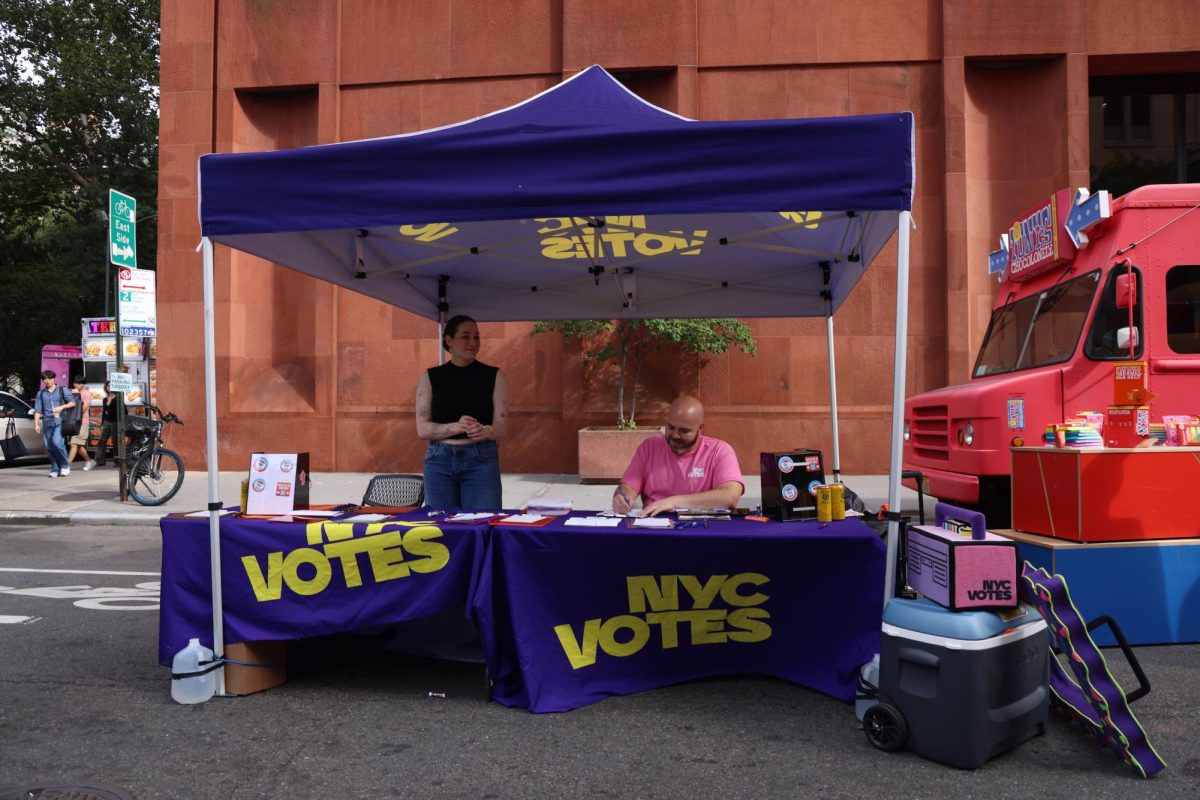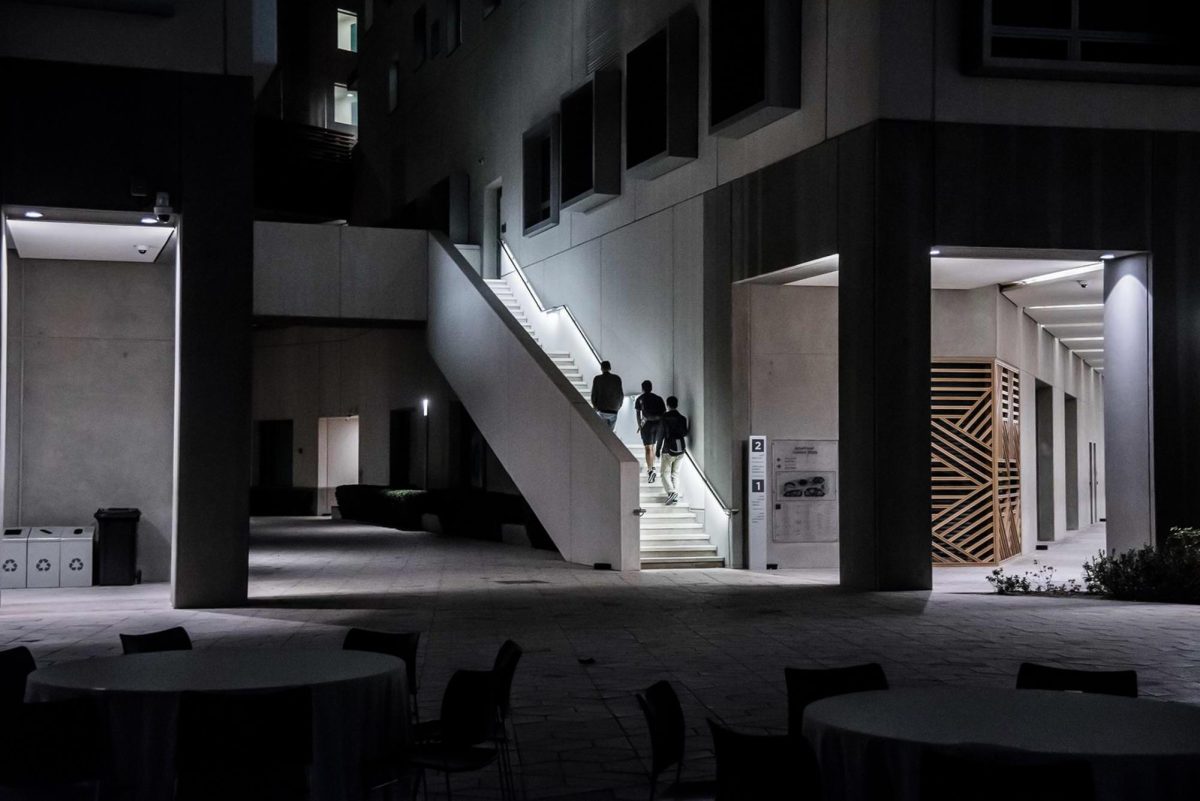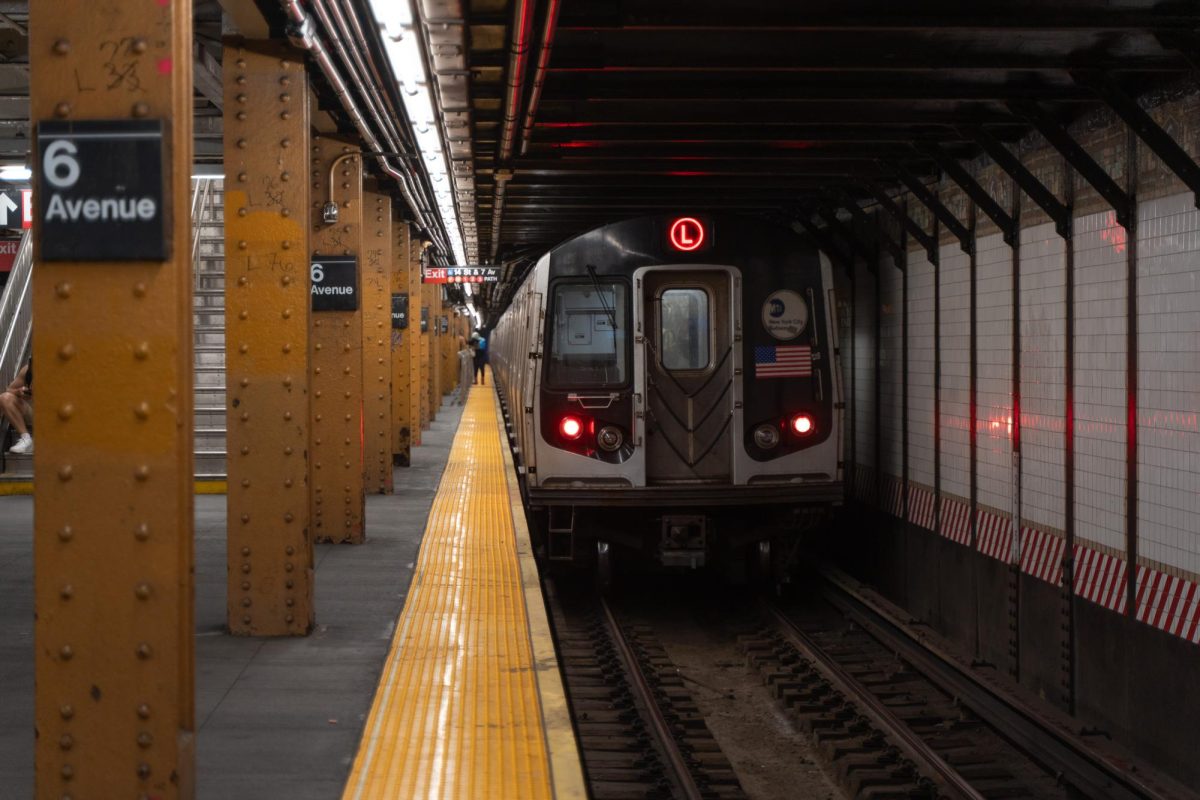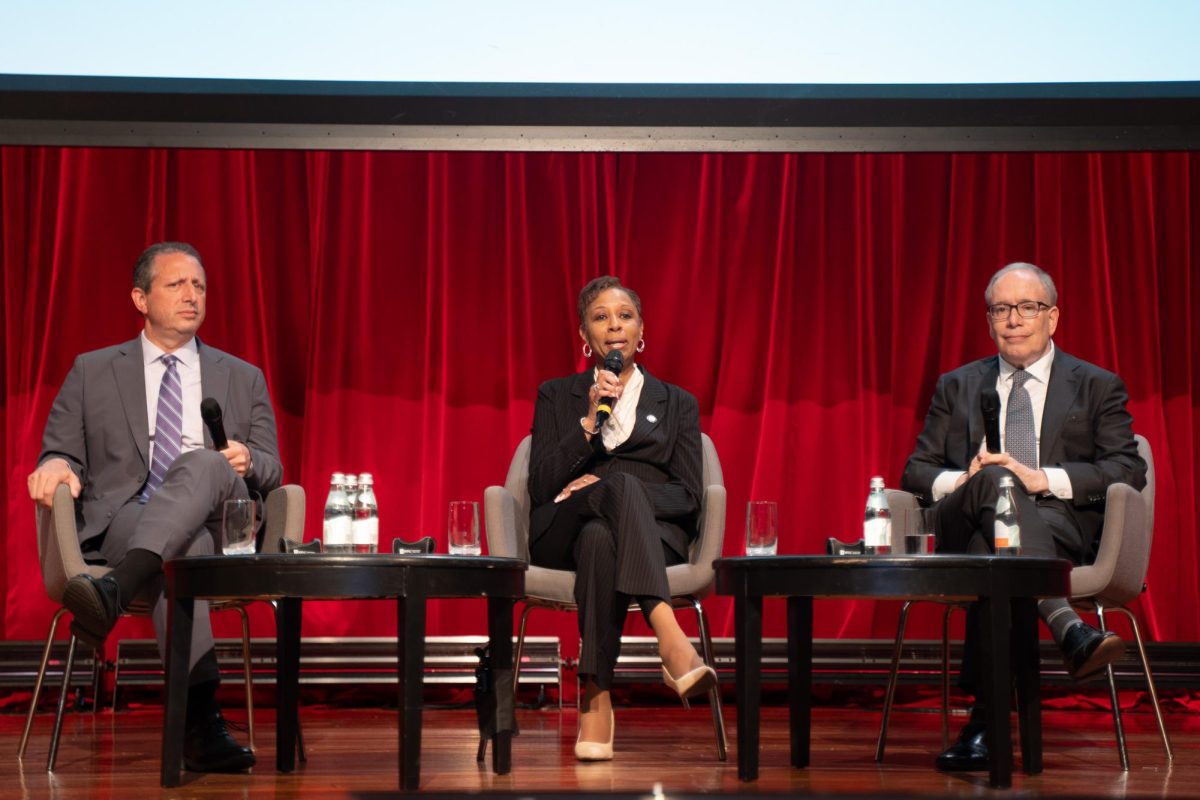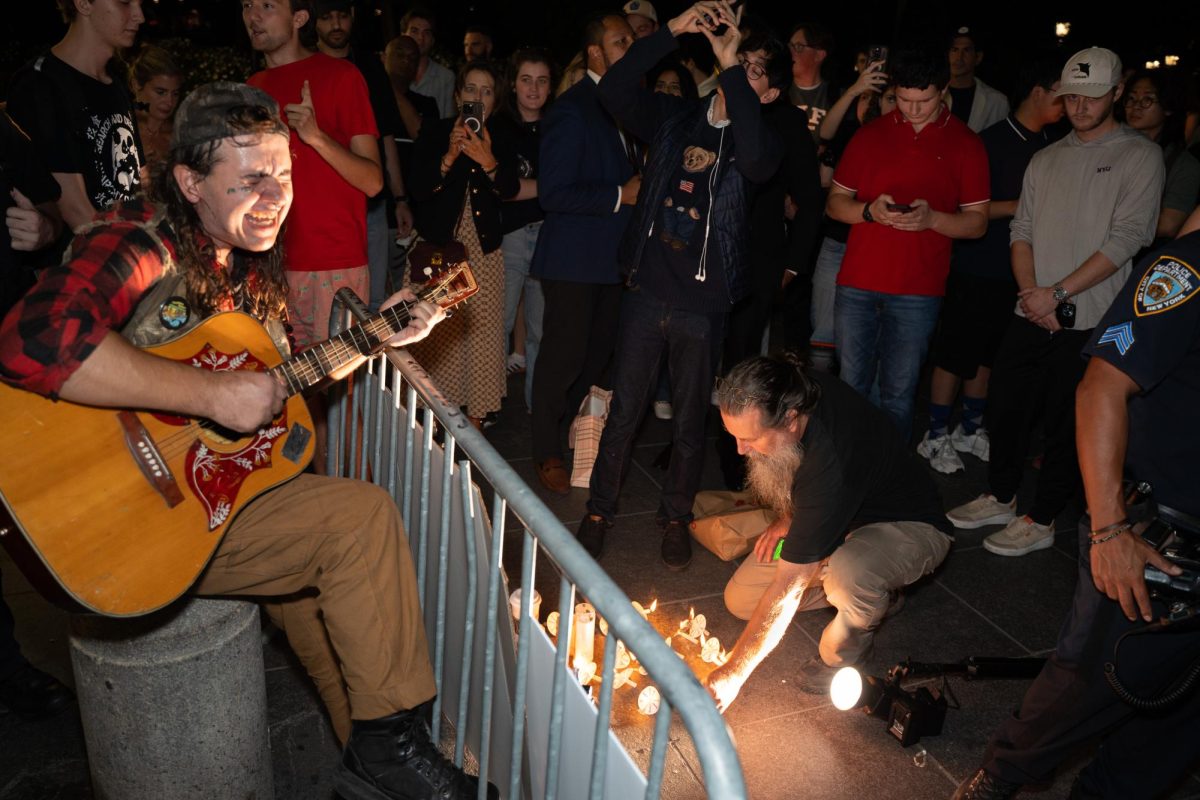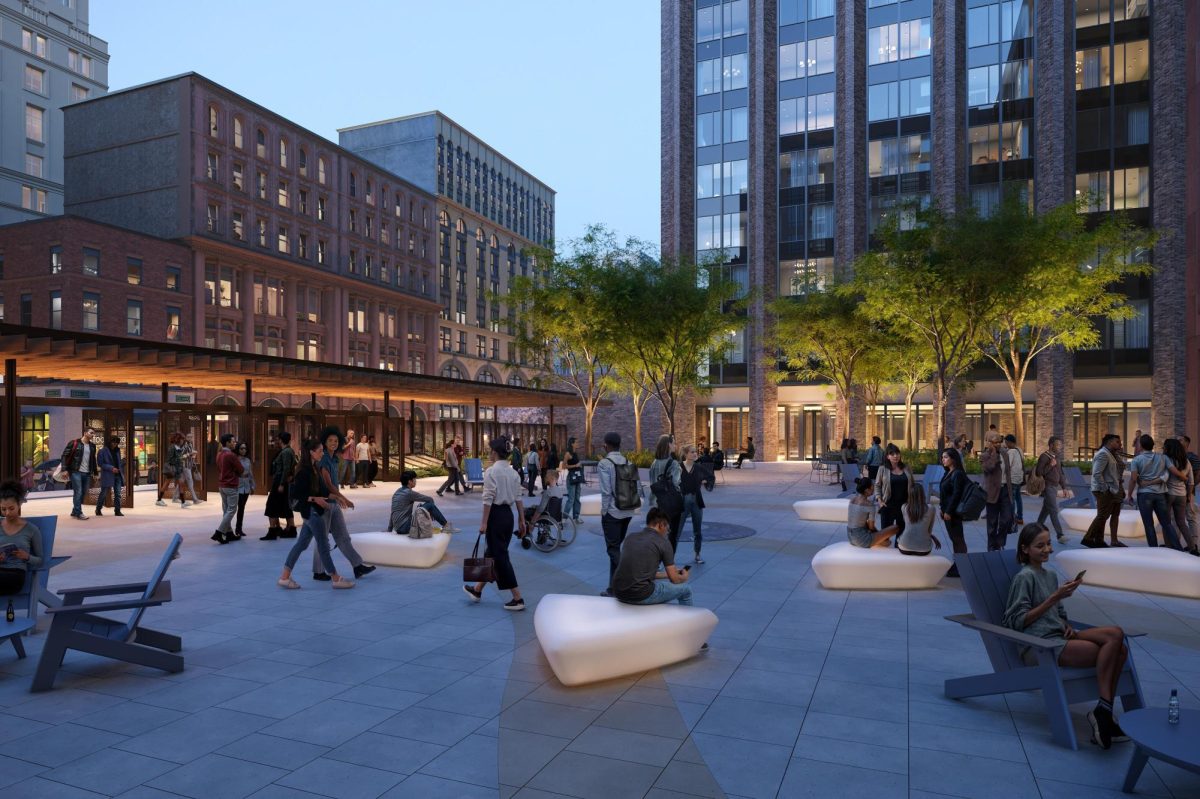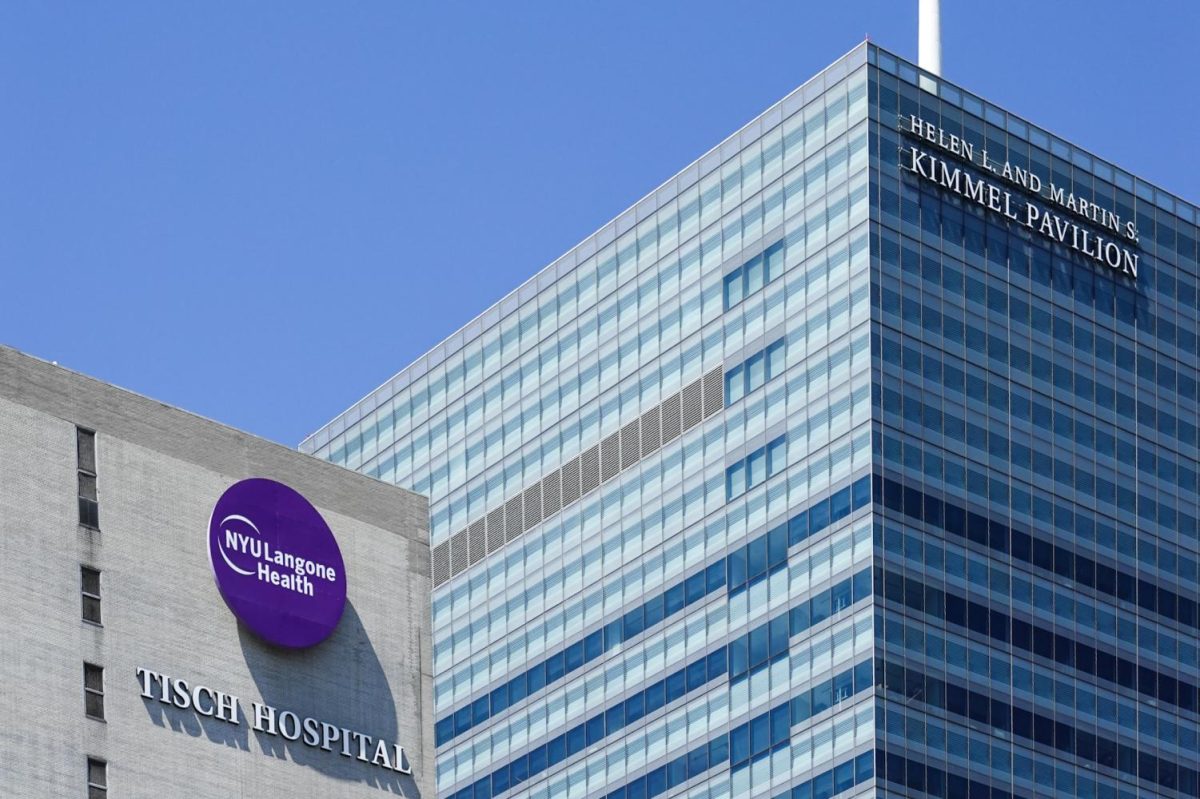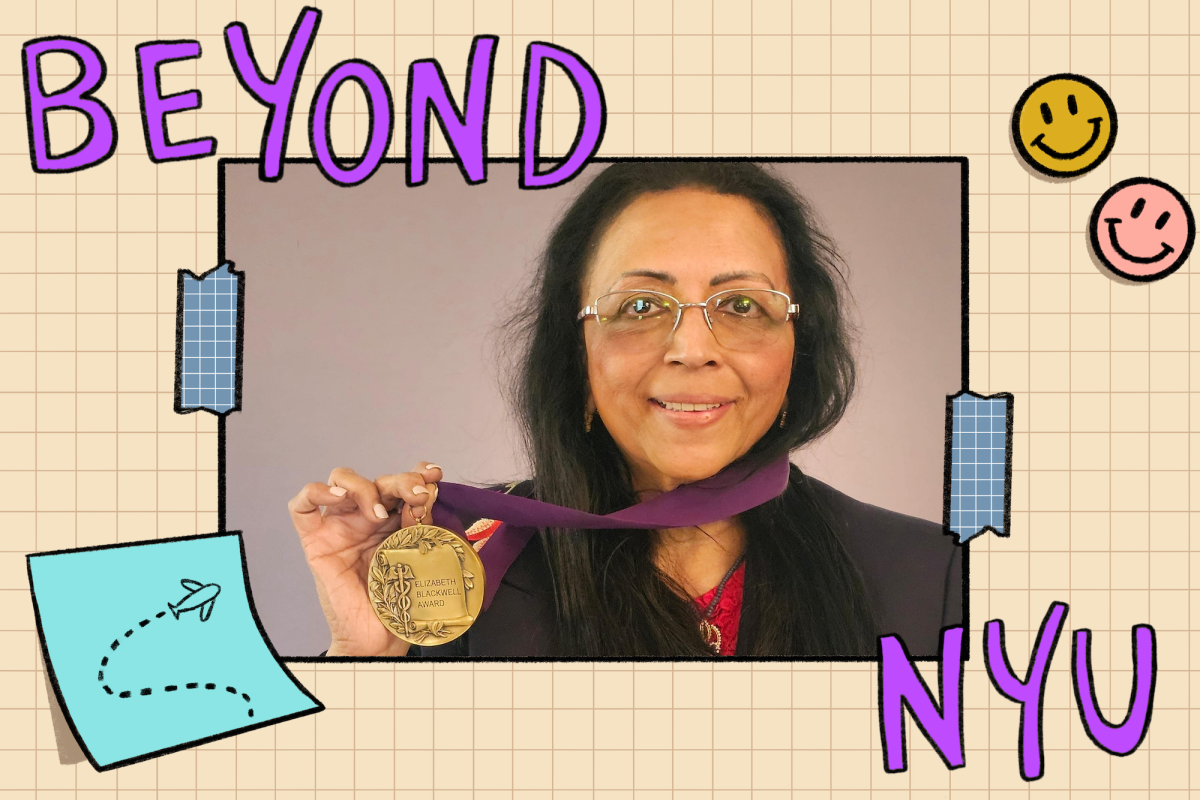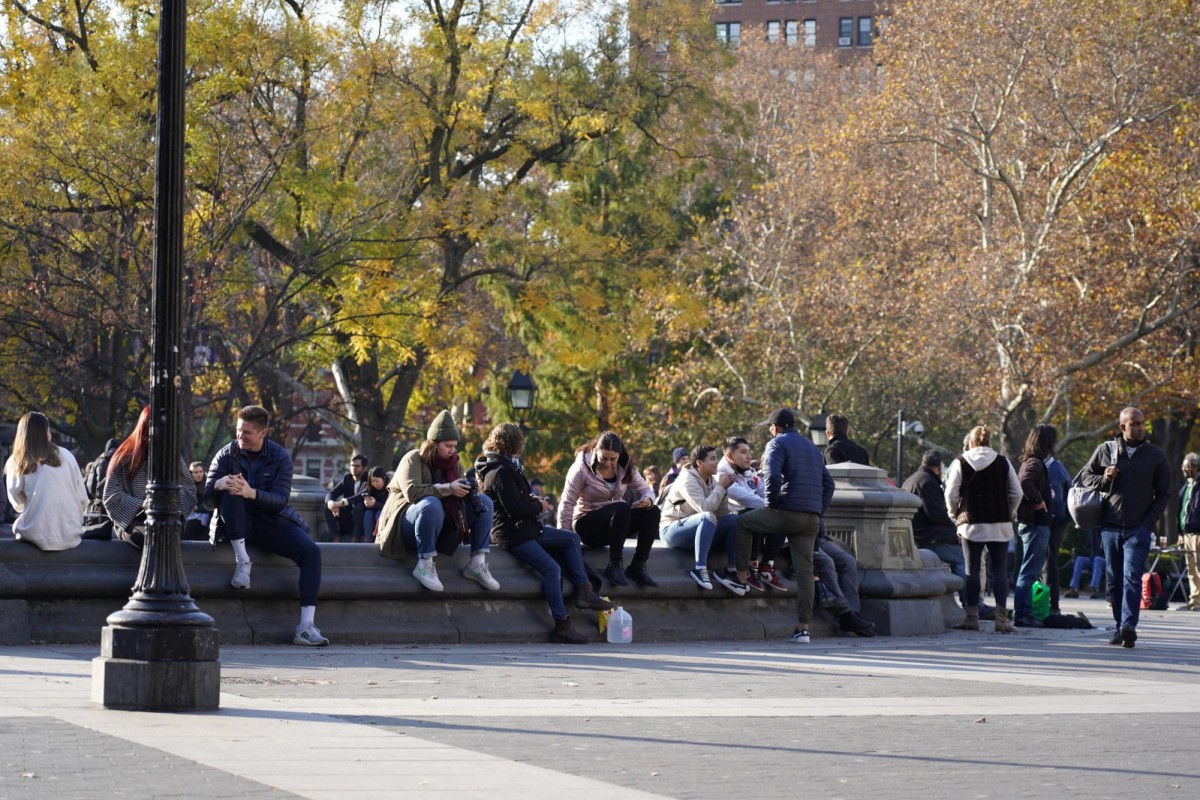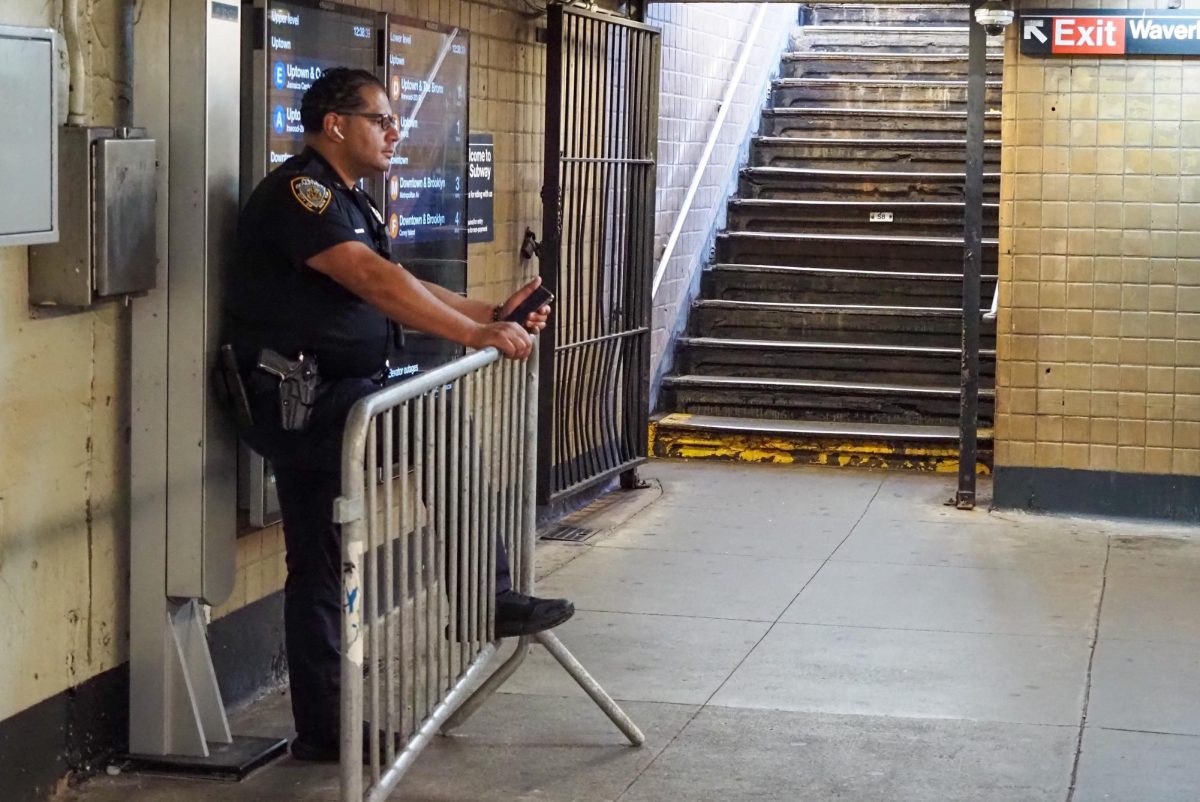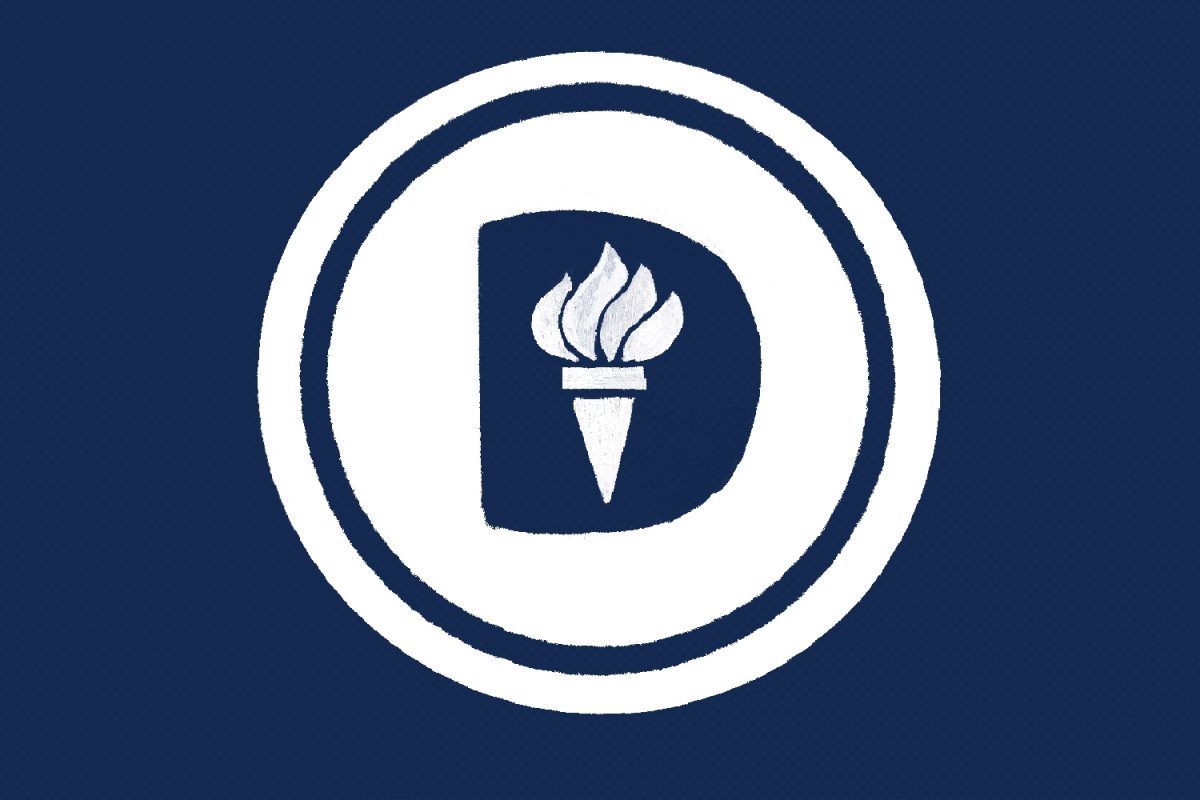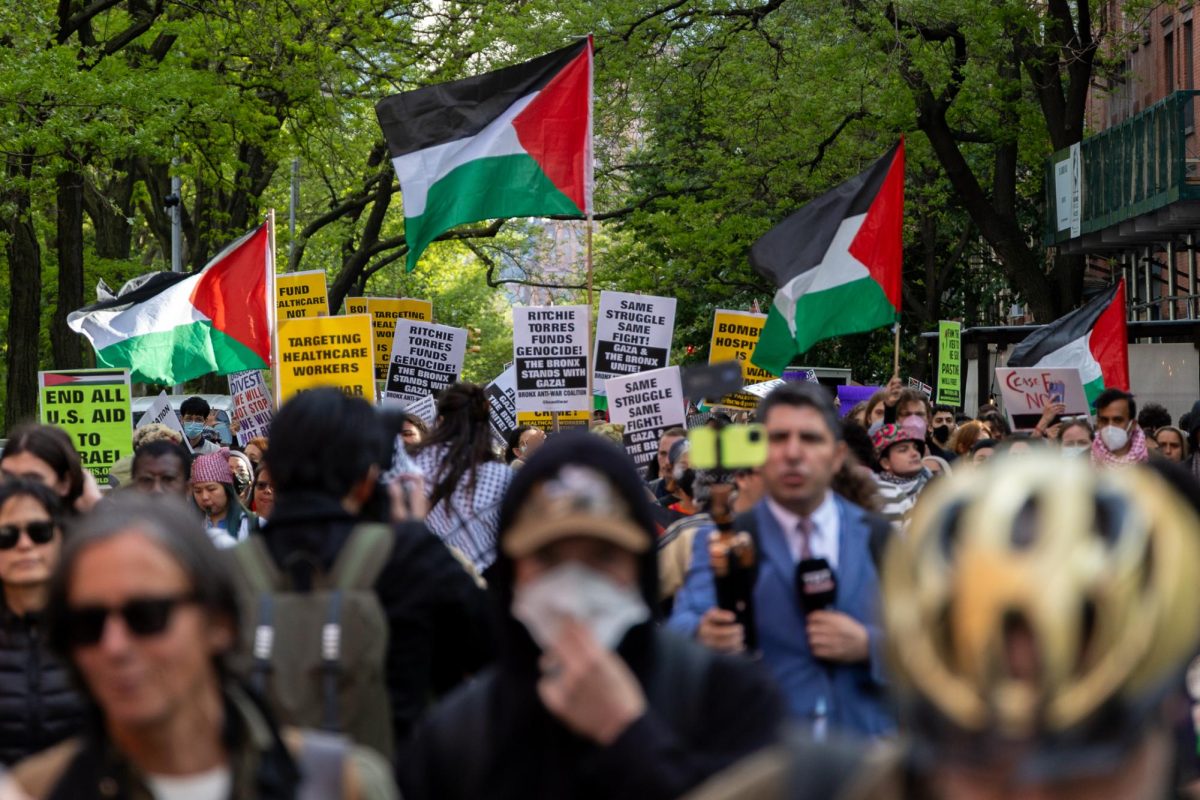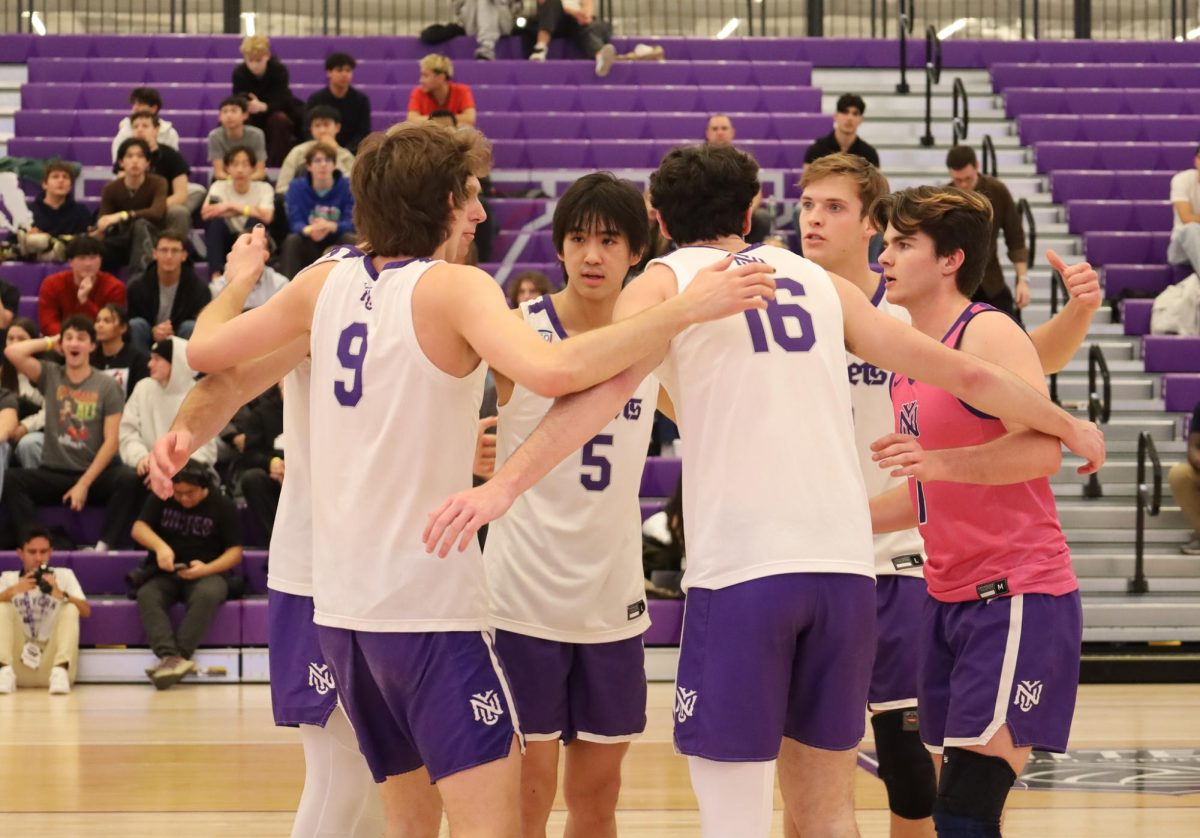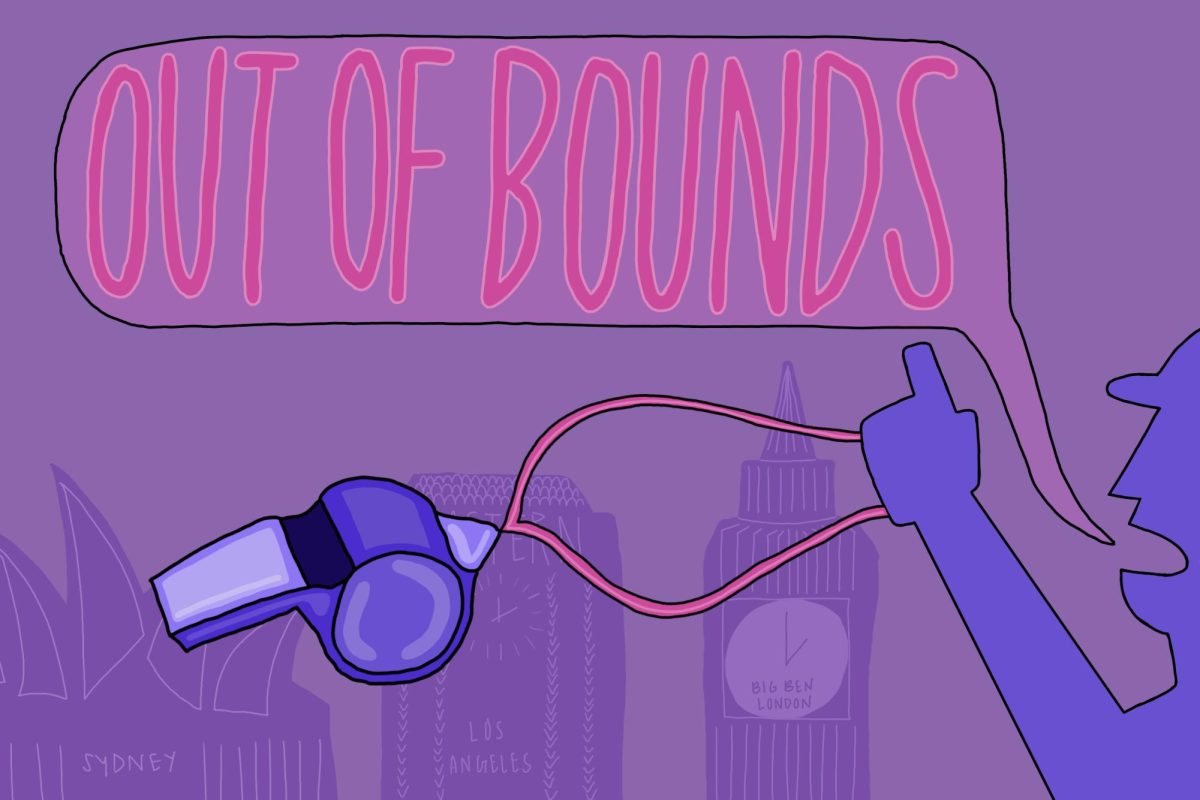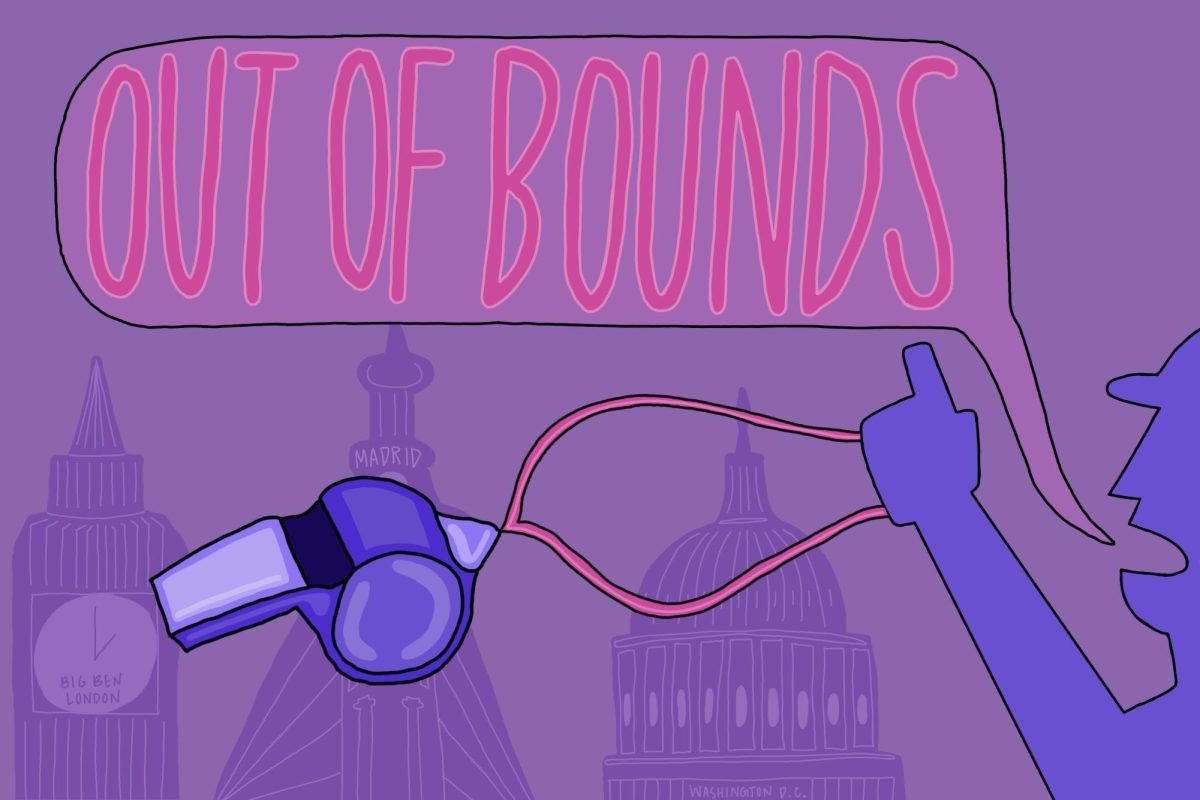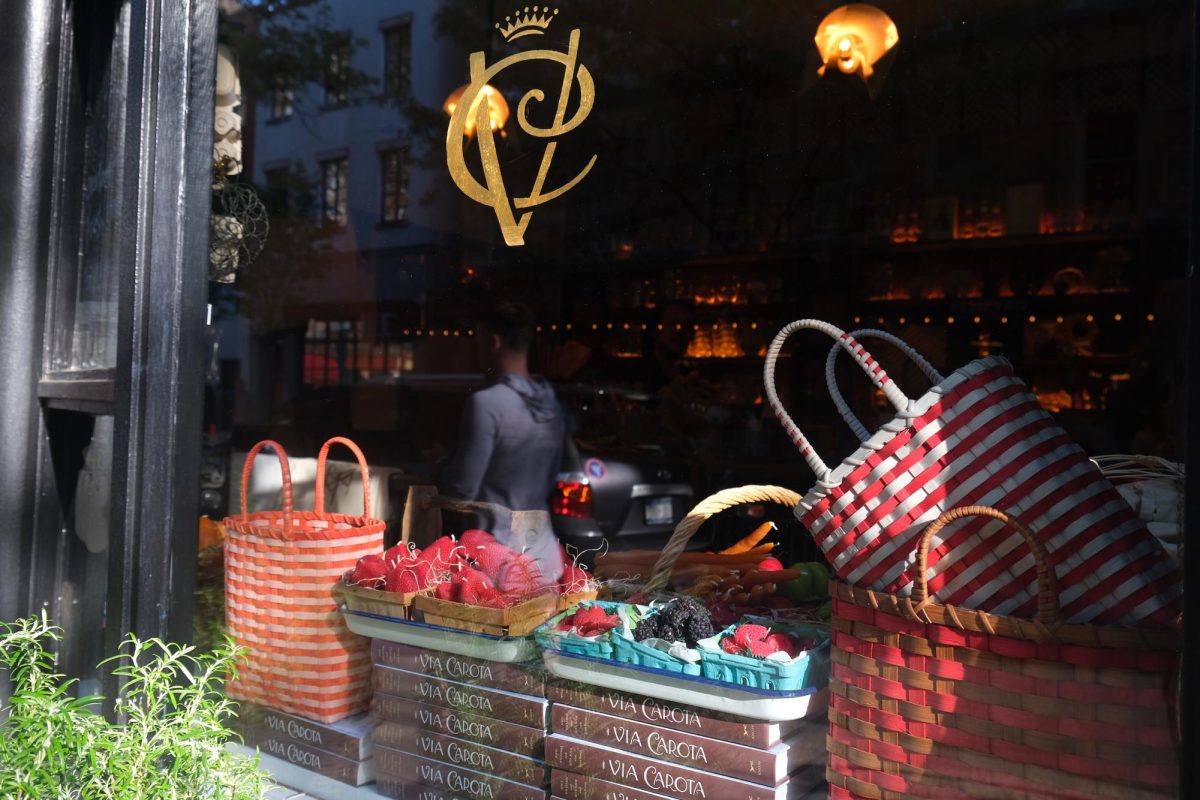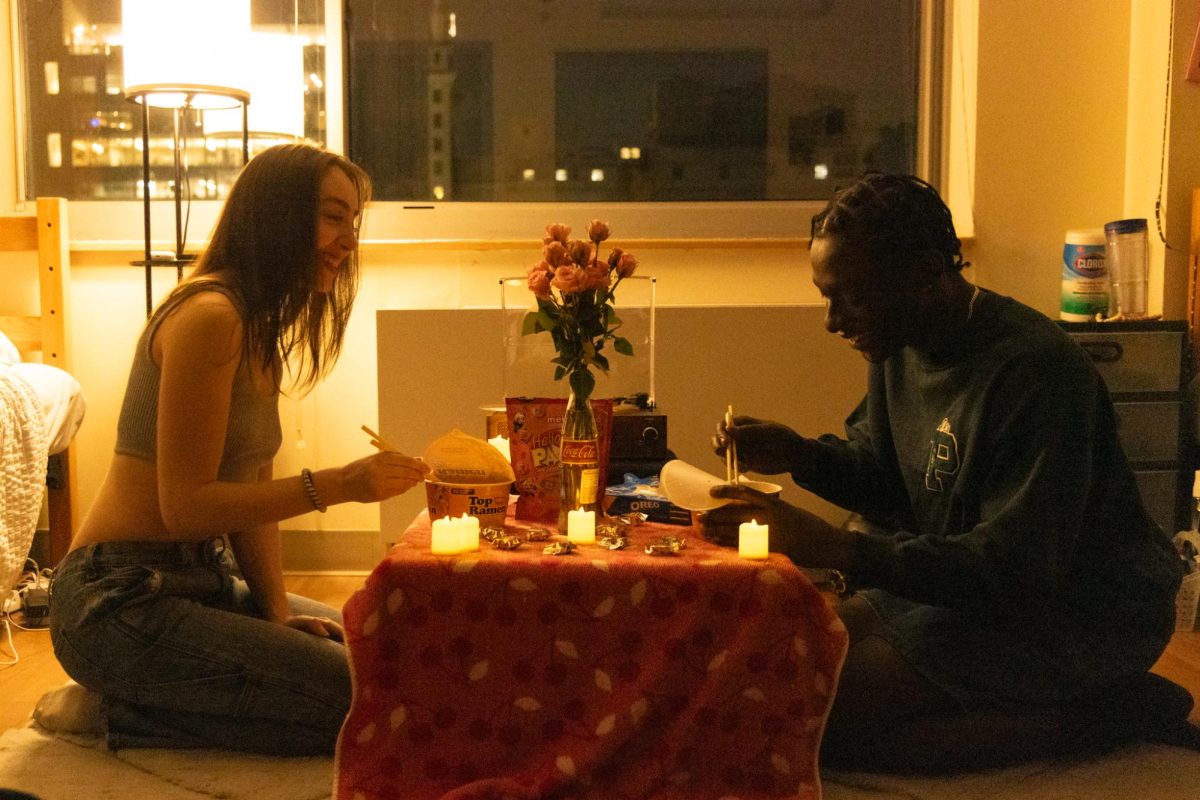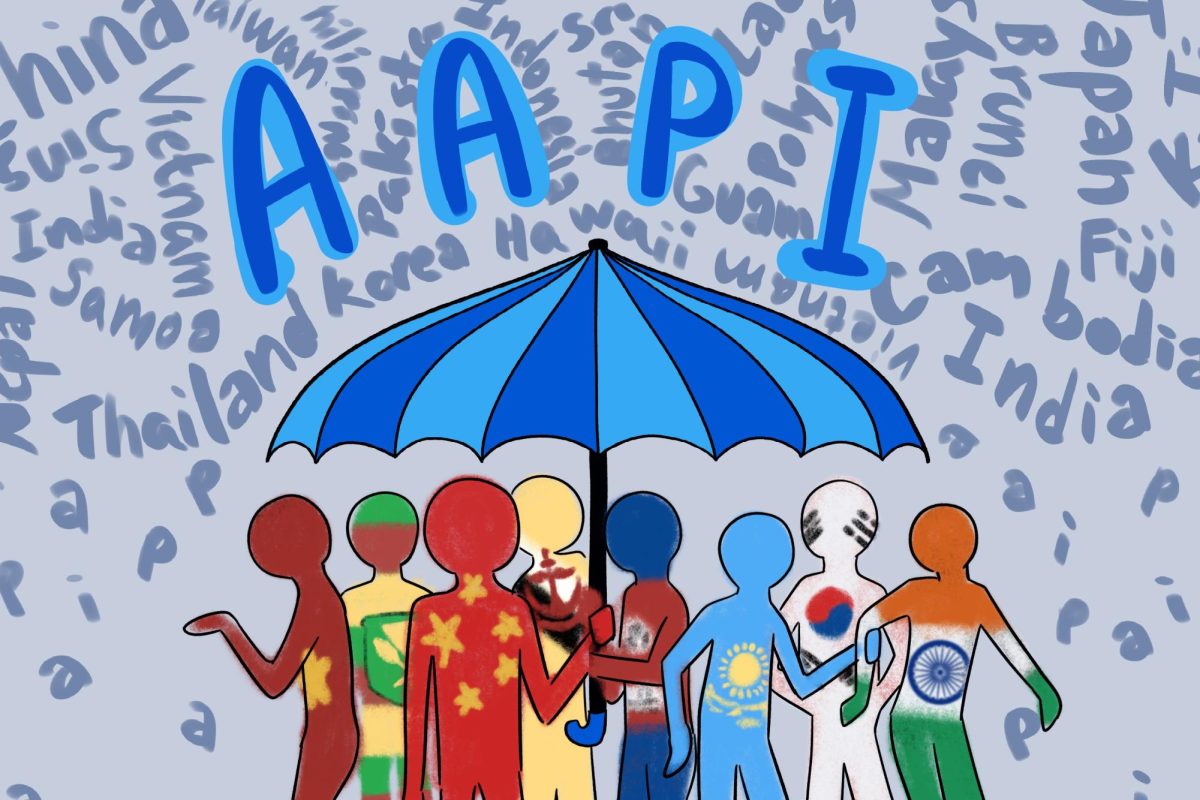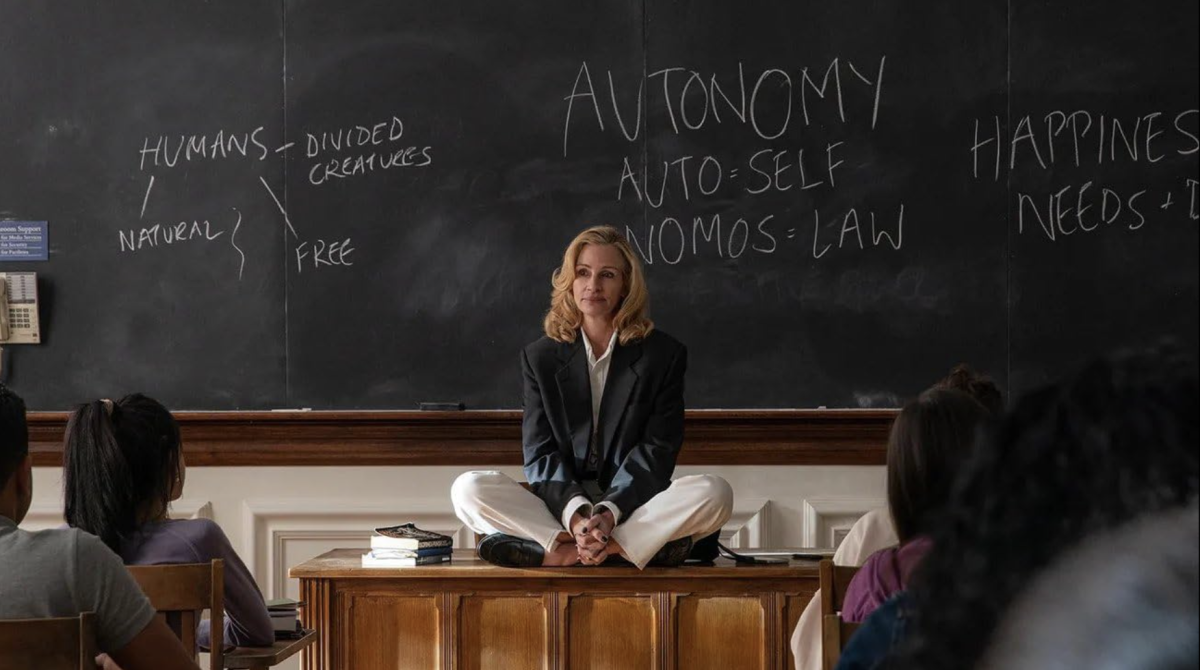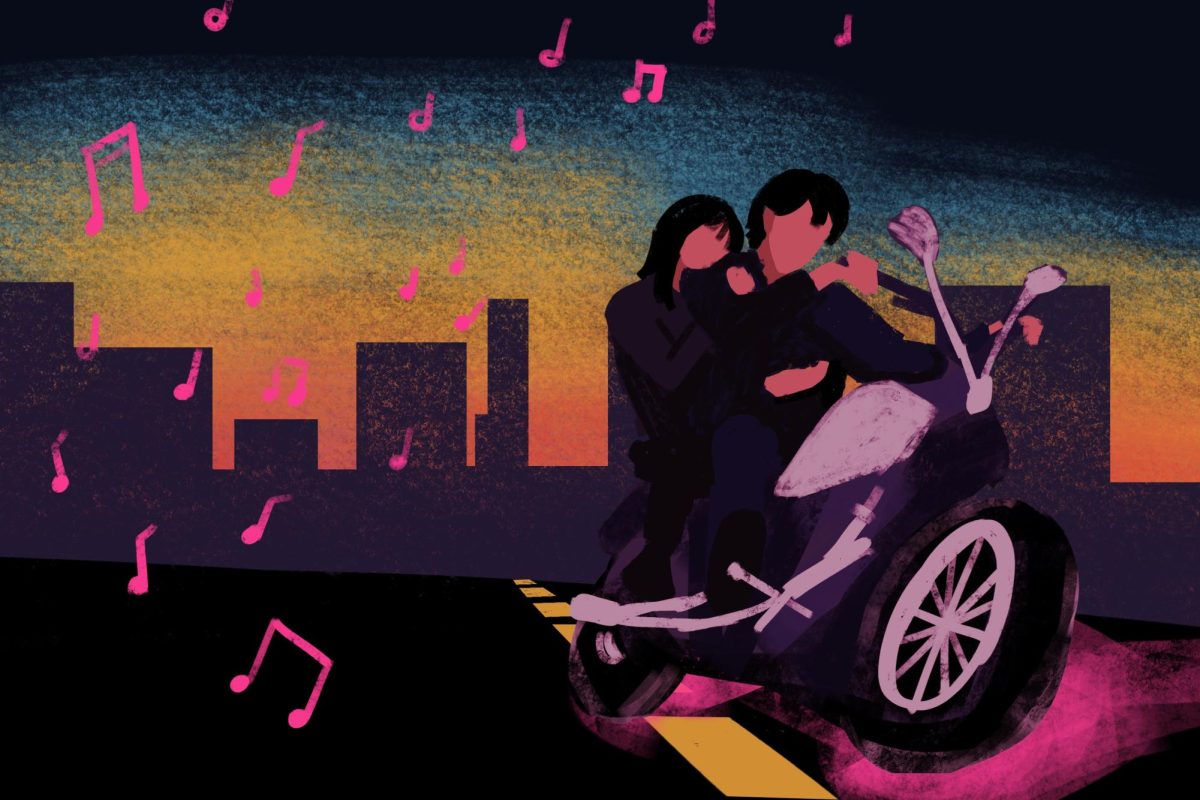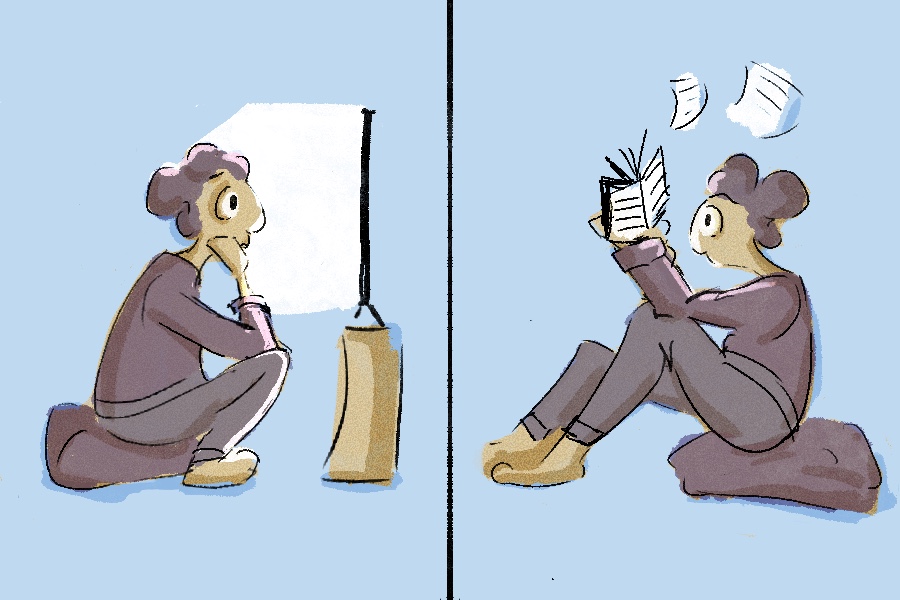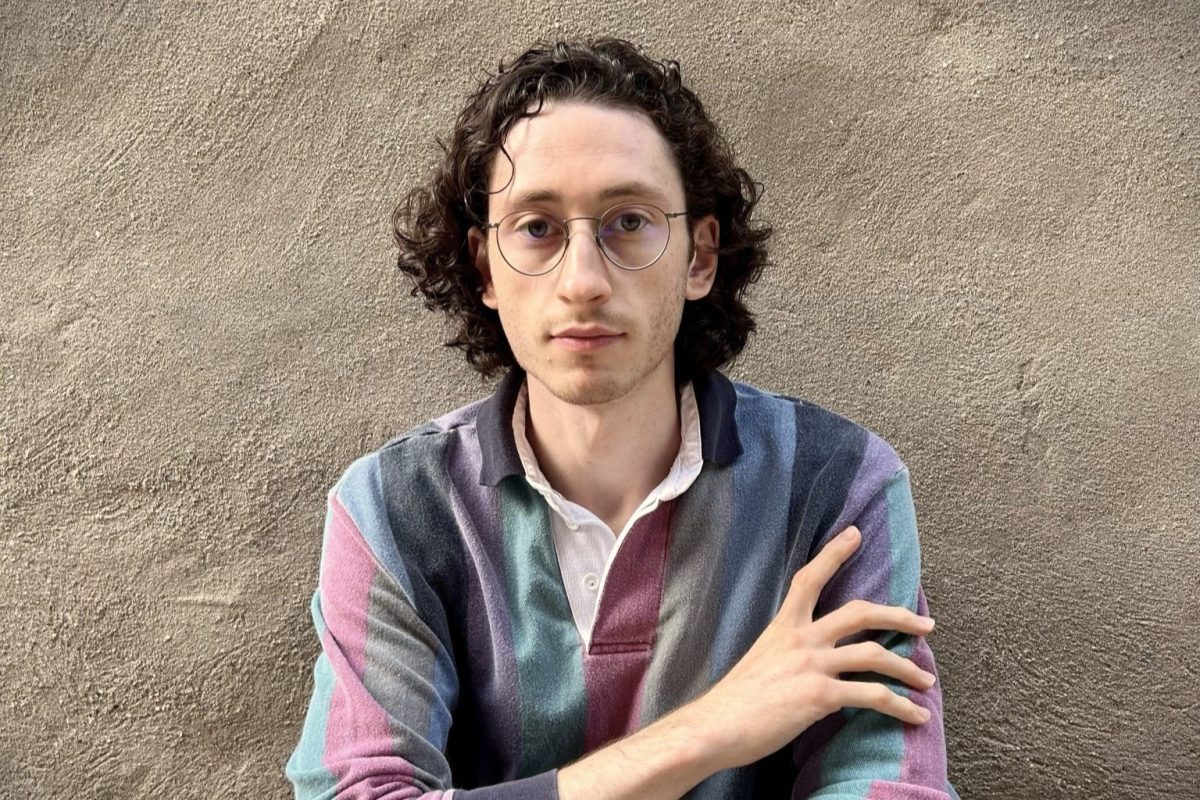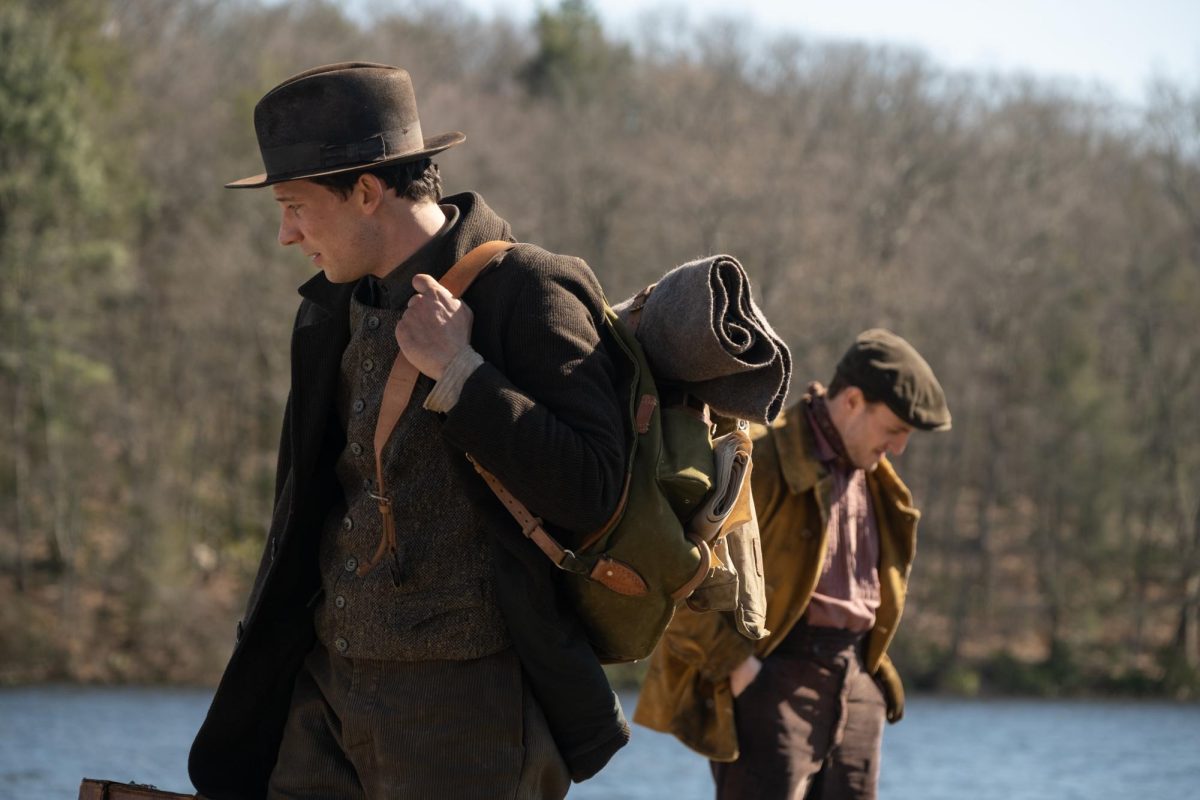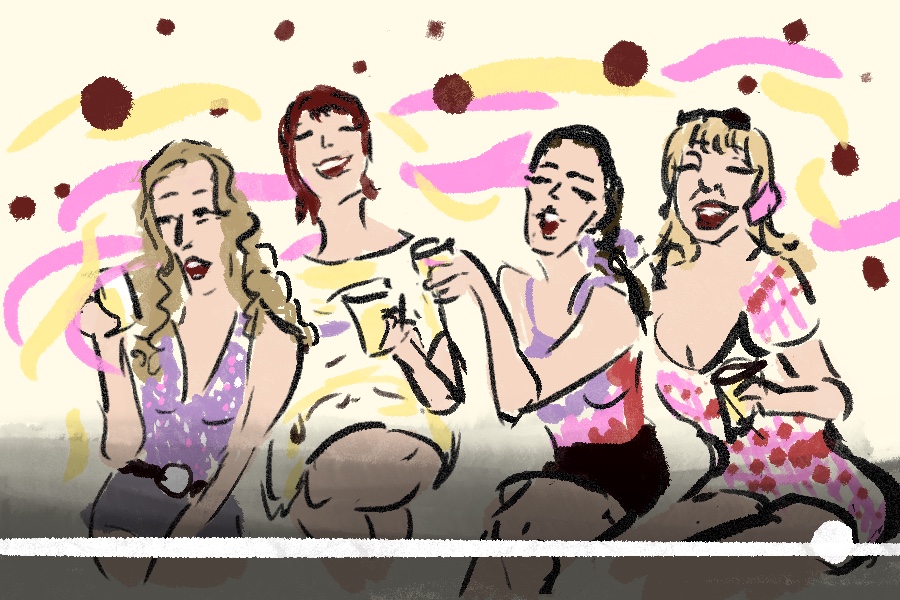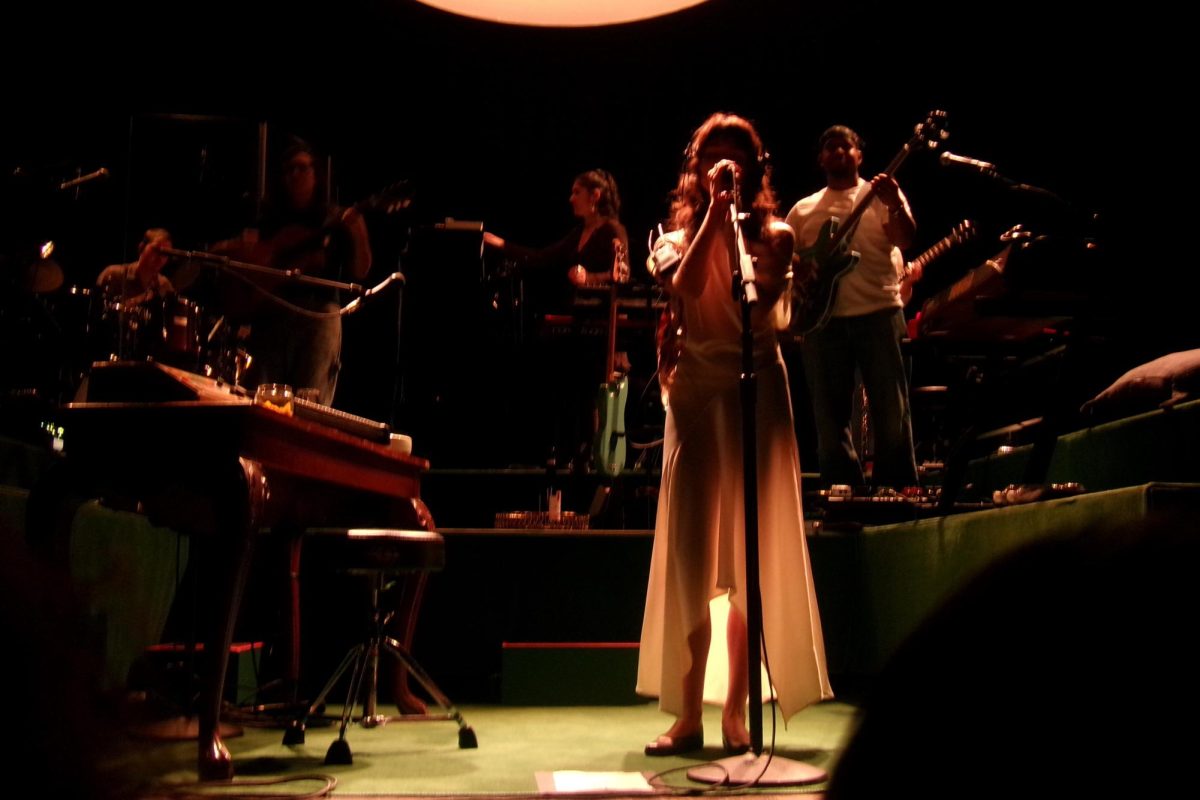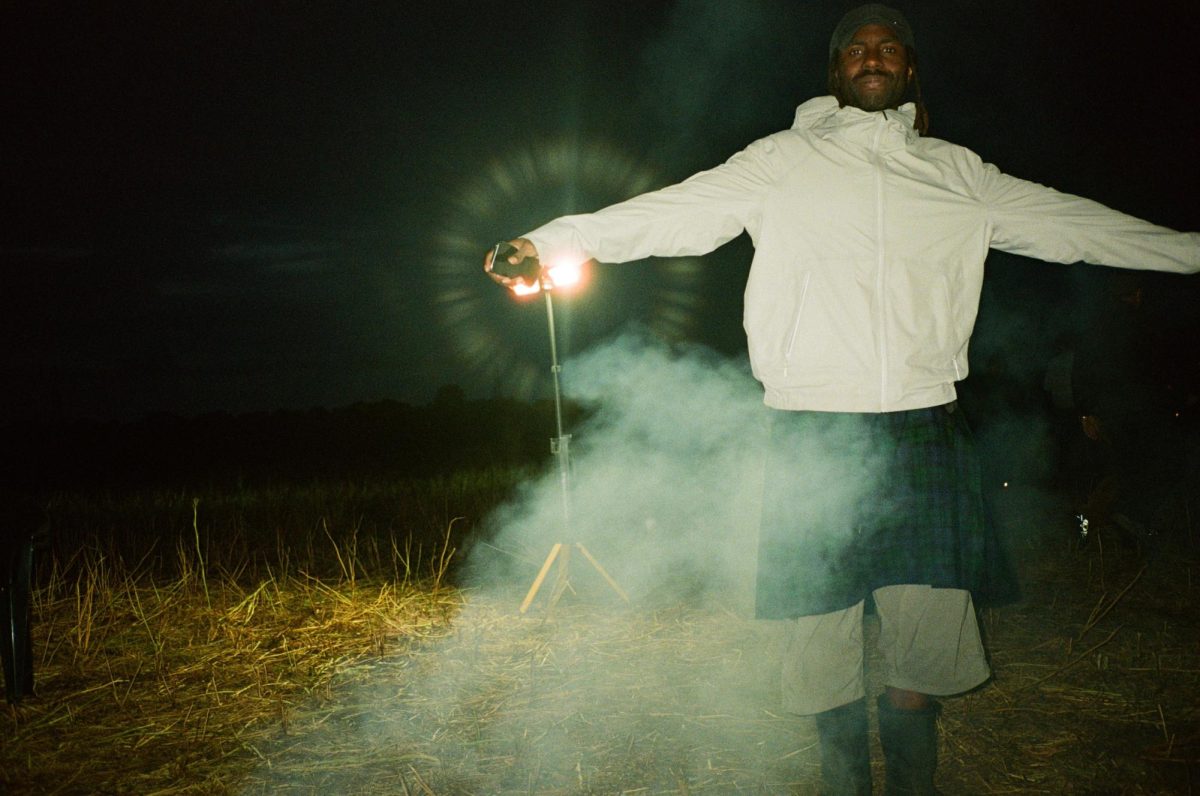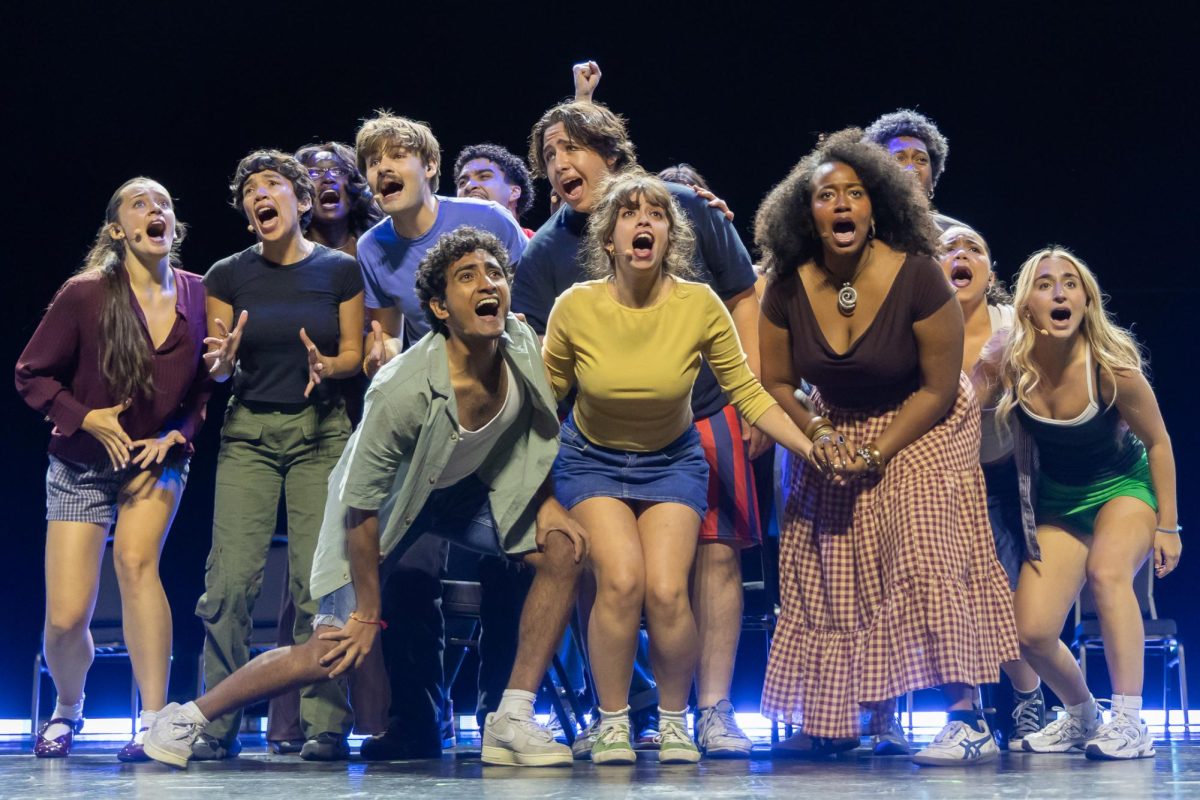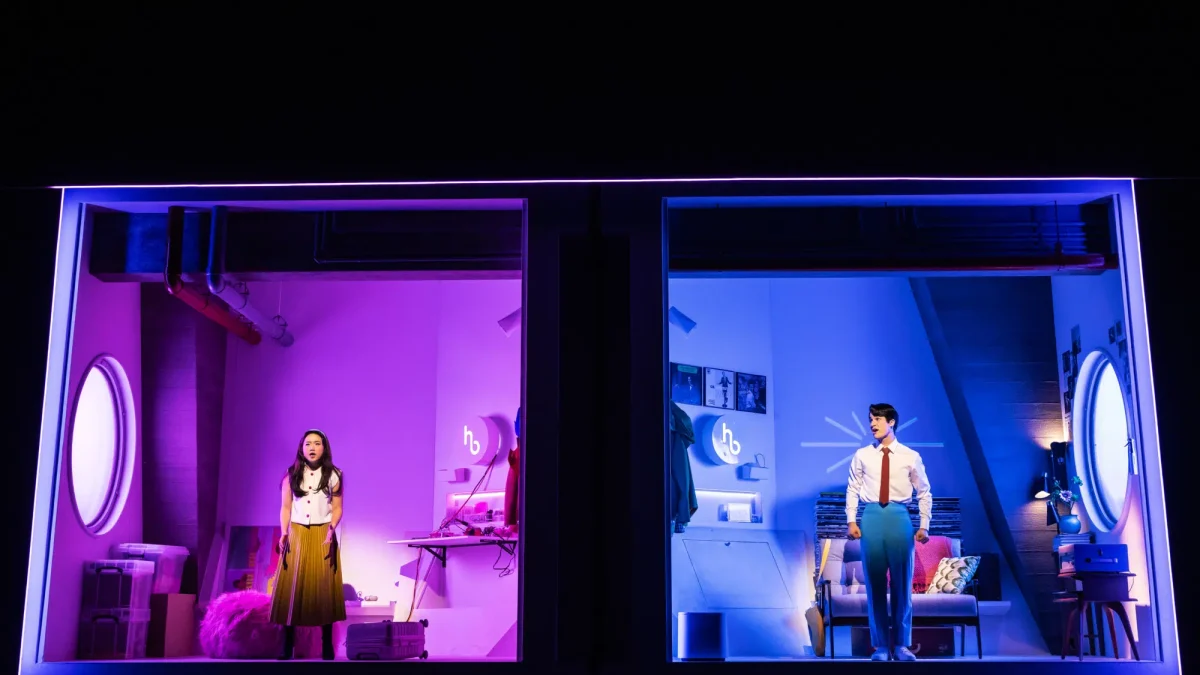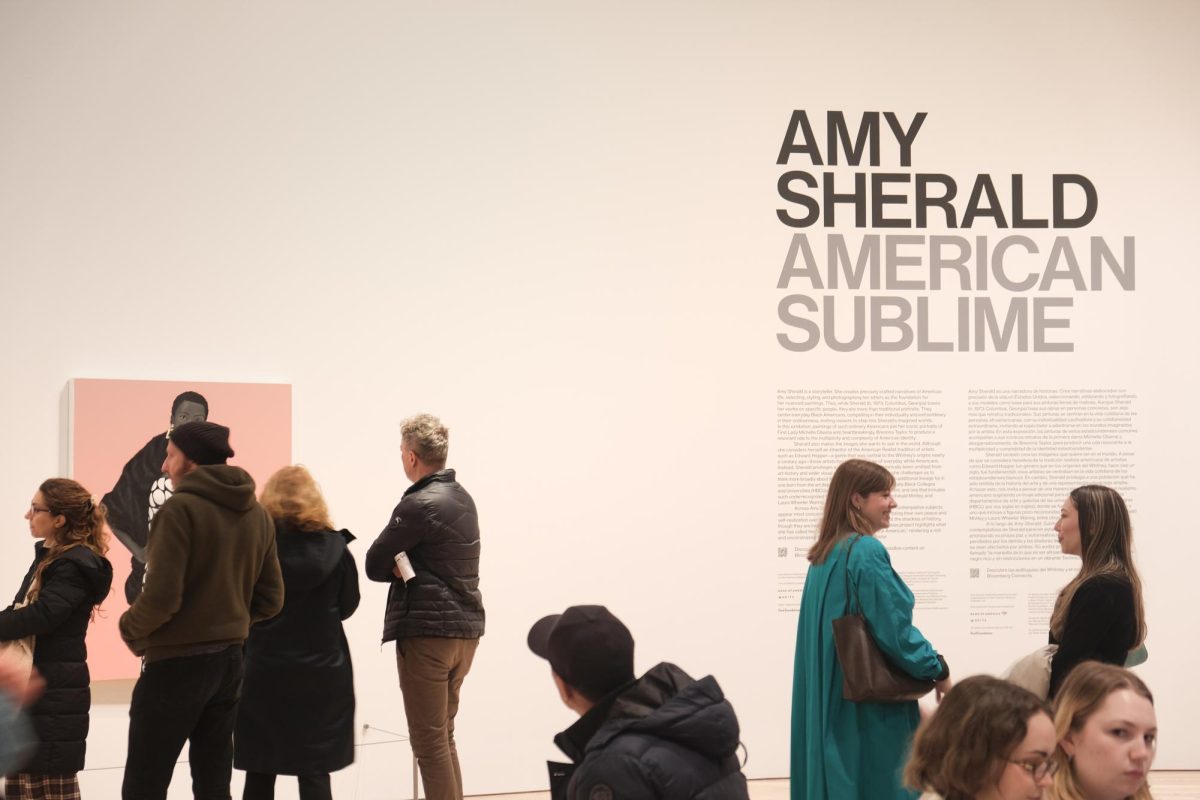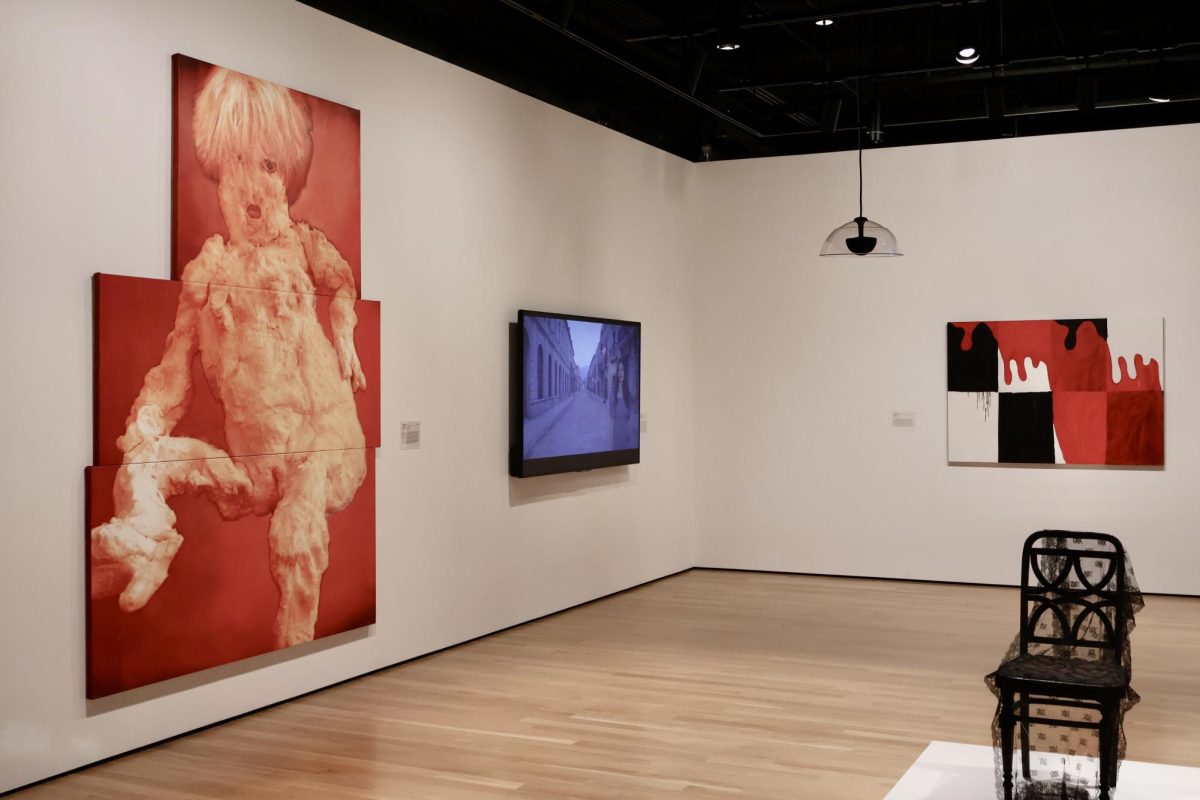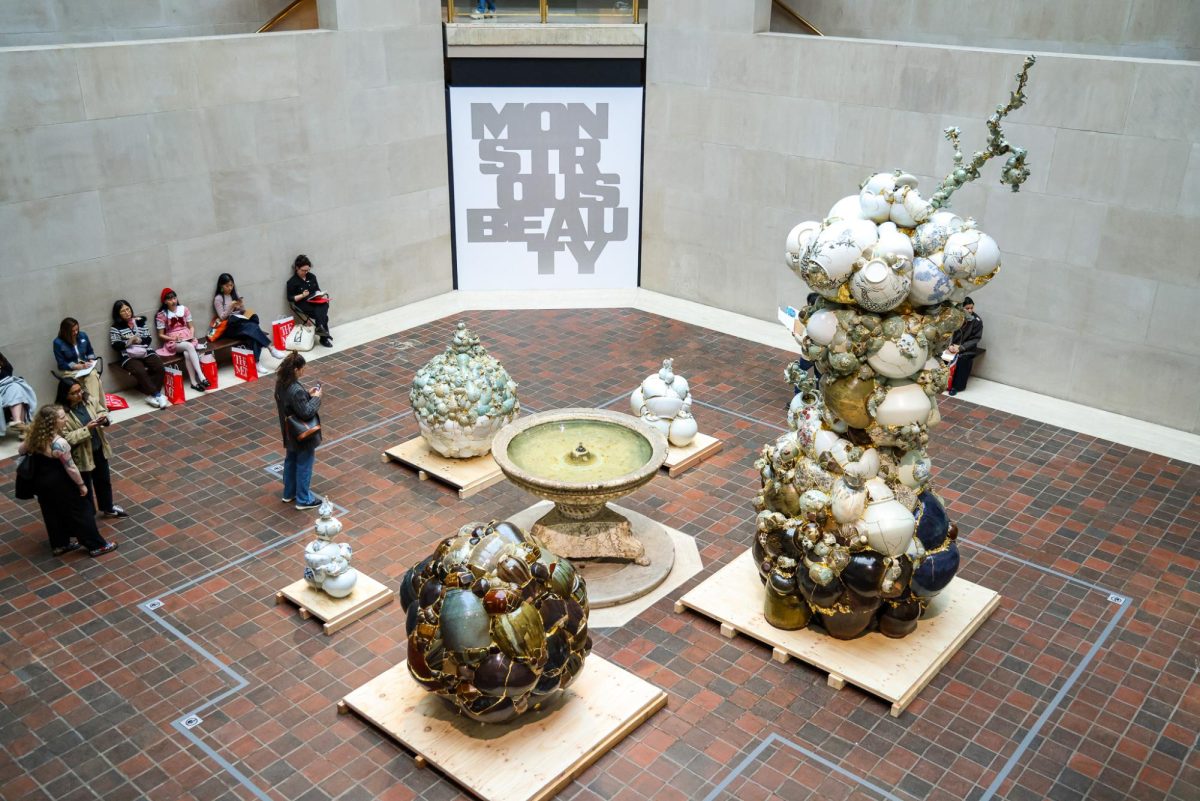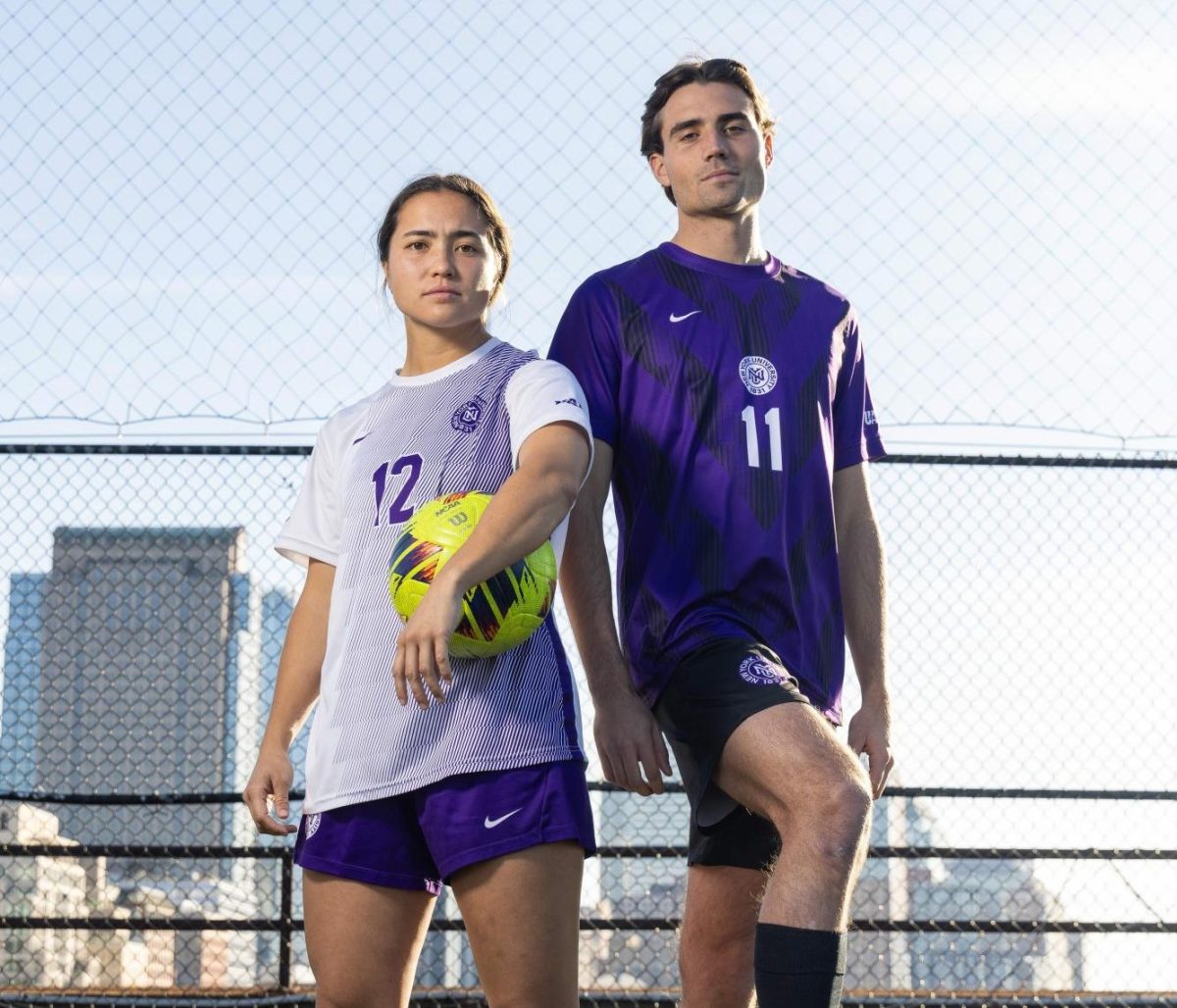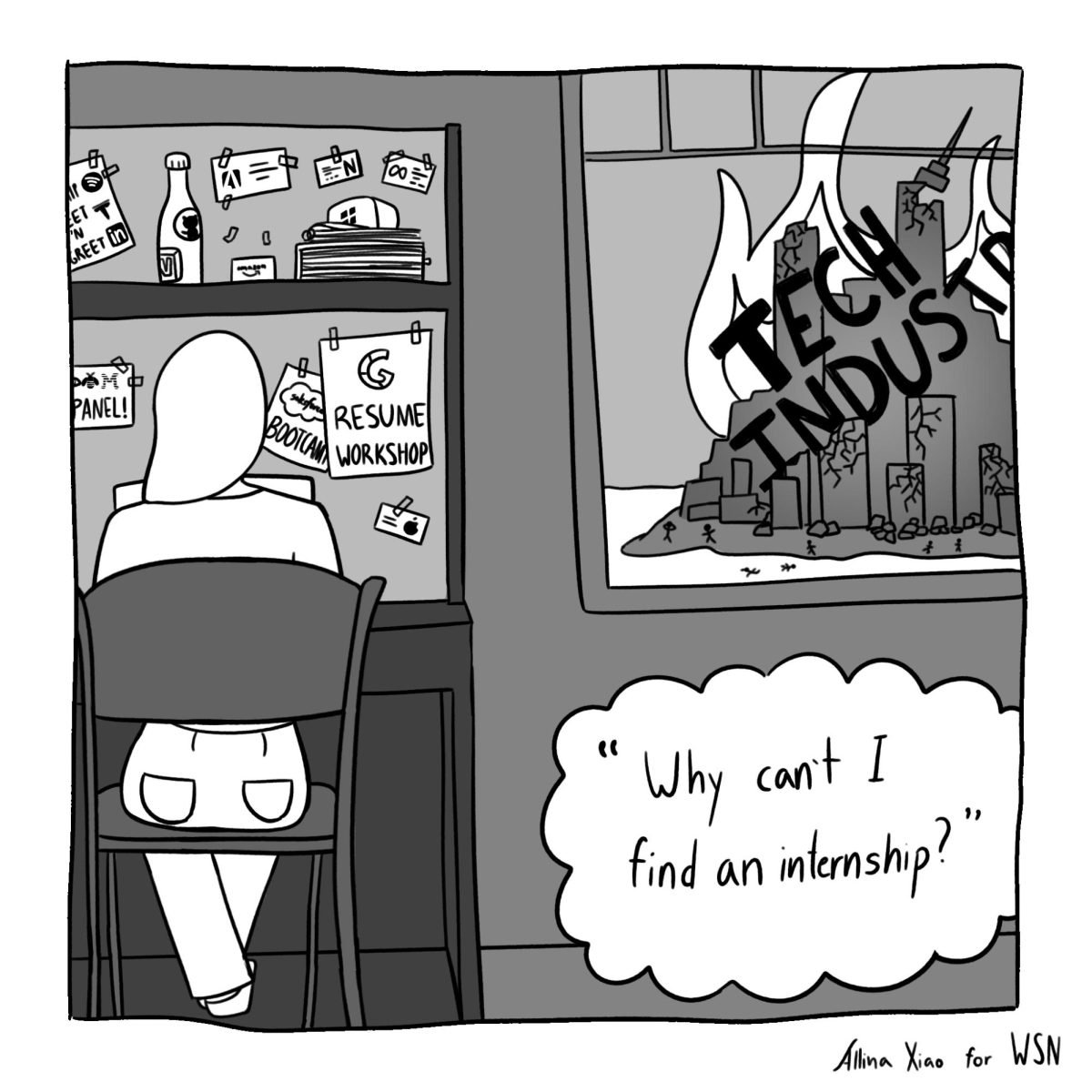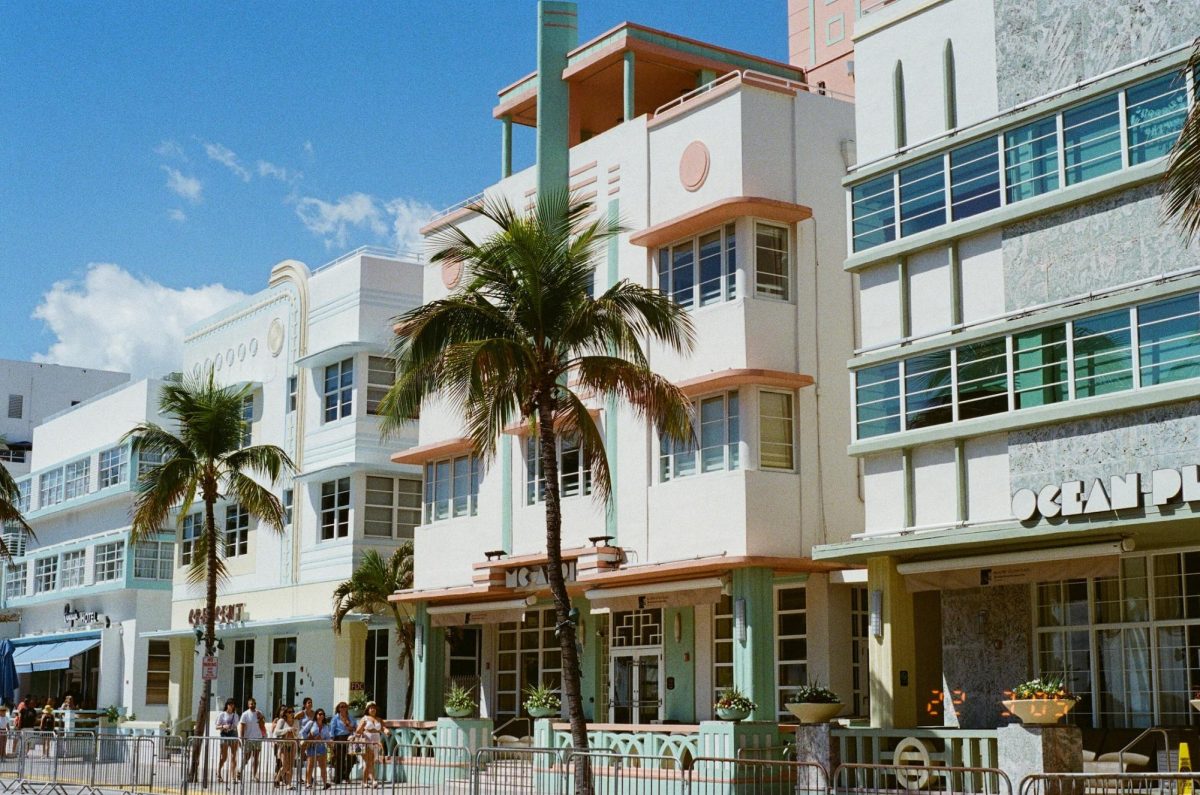Damage:
-
When a substation operated by Consolidated Edison exploded, a quarter of a million residents in Lower Manhattan lost power.
-
Transportation into the city was halted. The George Washington Bridge, Holland Tunnel, Queens/Midtown tunnel were closed, leaving open only the Lincoln Tunnel. Subway services and the Staten Island ferry services were suspended.
-
Nine buildings in Lower Manhattan were structurally damaged by corrosive sea-water.
Recovery:
-
New flood lines have been drawn to include about 600,000 more residents in evacuation flood zones.
Statistics:
- On Nov. 2, there were 226,000 people without power
- By Friday, Nov. 2, Verizon Wireless announced that 97.2 percent of its coverage had returned to areas affected by Sandy. By Nov. 4, AT&T and Sprint reported similar
NYU
- NYU cancels classes from Oct. 29 to Nov. 2
-
About 6,000 students were displaced from their dorms on Oct. 31.
-
about 600 students lived in Kimmel and about 200 in Palladium
-
students in Weinstein and Goddard residence halls, which did not lose power, also housed students
-
Recovery:
-
In Brittany residence hall, a local emergency generator was included in renovations.
-
As Hayden residence hall begins renovations in May 2014, a more efficient energy source is being discussed.
-
A report to the community titled, “Hurricane Sandy: Preparation and Response Performance Review” was released on July 1, 2013.
The university recommended improvements for emergency preparedness in student residences, faculty housing, communications and outreach to the larger community
-
The university created “Be Safe,” a website that describes how members of the university community should respond to a variety of emergencies.
-
The university sends a series of alerts to the NYU community related to fire safety, street smarts, severe weather, active shooter, earthquake and suspicious activity.
-
There are plans to post hard copies of all announcements in residence halls in which people are currently occupying.
-
Aspects of the communication strategy, including email direct, the info alert page, and facebook and Twitter will continue to be used in future emergencies. Lentz said the alternative platforms, like Facebook, were especially helpful for parents to check in.
-
“Every emergency is unique, of course. But we believe the systems that we had in place prior to last fall’s storm, along with the improvements we have made in our emergency preparedness, will enable us to respond quickly and effectively the next time we are confronted with an emergency.” – Phil Lentz
-
The university has installed generator hookups and lobby Wi-Fi in Washington Square Village, emergency lighting and emergency communication boards, distributed preparedness kits, and started a volunteer program. Connections to the cogen plant are still in discussion.
-
“We are confident that we have undertaken the most meaningful improvements that make the biggest difference in the residents’ experience, especially should there be another emergency,” NYU spokesman Philip Lentz said.
NYU Langone Medical Center
-
To protect the campus perimeter of both current and future buildings, the hospital has built a floodwall system and increased reinforcements. “Tiger Dams,” a flood barrier system designed to be rapidly activated at vulnerable areas on the perimeter of the main campus should it be threatened with flooding of the magnitude experienced during Superstorm Sandy.
-
All new construction plans for buildings on the main campus have been updated and by 2017, the medical center will be able to withstand storm surges higher than the new FEMA advisory 500-year storm level.
The university is constructing a new structure known as the Energy Building, a 71,000 square-foot, $250 million facility that includes a co-generation, natural gas power plant that will provide 11 megawatts of additional power generation on campus and 100 percent of the steam. It will also house 7.5 megawatts of emergency power, with sufficient on-site fuel storage to run for multiple days without a fuel delivery. The emergency generators will be complete in 2014, the co-gen plant will be ready for emergency use in 2015, and the Energy Building will be fully complete in 2016.
Granger Wilson, Tisch Sophomore, former Rubin Hall resident
“Sandy made me realize how susceptible metropolitan areas really are to natural disasters. I always imagined cities being the places most out of touch with nature, but it seems like nature has a way of getting to you wherever you are.
Juana Guglielmino, CAS sophomore, former Rubin Hall resident
“[NYU] handled the situation very well in my opinion because I believe that they accommodated for every student who didn’t have a place to go and continued to run certain dining halls as well. Public safety and the dining hall staff were amazing and stayed committed to the students during the entire week.
“Before Sandy, I heard about natural disasters all over the world but I had never experienced one so close to home. I hope that in the future it is possible to be better prepared for natural disasters and such destruction can be avoided.”
Alyx Steadman, Silver School of Social Work sophomore, former Rubin Hall resident
“It was really nerve-wracking to go through the experience of a natural disaster as a freshman. When the power went out, there was sort of this casual slumber party vibe to my floor, where we all just joyously lounged about. But underneath this chill environment, I could tell a lot of us were tense as what was to come next. I didn’t really know where I was going to turn to when the staff told us we had to evacuate the powerless building.
“I ended up relocating to Goddard because it had a backup generator. I stayed with a friend who housed me for a night, before she herself went uptown to stay with friends. This left me stranded again, so I trekked all the way to Queens to stay with another friend, but that was a mistake. Getting there was a nightmare, especially considering how much luggage I carried around with me. It might have been a more reasonable option to just stay in Kimmel with the rest of the vagabond students.”
CAS sophomore Haley Quinn, former Third North residence hall resident.
“People who think New Yorkers are cold didn’t see New Yorkers after Sandy. Maybe it was because no one was rushing to be anywhere or because the subways were down, but people both literally and figuratively embraced each other after the storm.
“There was a definite community that formed in NYU. I never felt abandoned. I think it’s easy to get romantic in thinking about how much we all bonded during the storm. I strengthened a lot of friendships and knew I loved the city.
“It’s important to remember that there are people whose homes were destroyed and are still recovering and that there are people in this country and around the world that live every day like we lived for a week.”
Professor Ingrid Gould Ellen: Professor of Public Policy and Urban Planning at NYU Wagner
“In general, communities can respond by managed retreat or adaptation. Given the density and centrality of Lower Manhattan, managed retreat is an unlikely option. Thus we are left with adaptation, which means making investments to protect coastal areas from flooding or the effects of flooding.”




